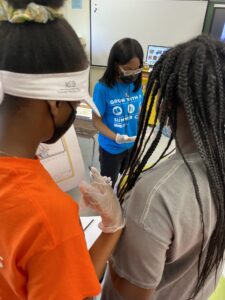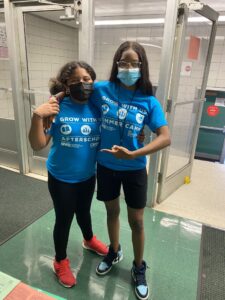Berger’s observations of society and the desires of the working family state and solidify that consumers have a very distinct relationship with publicity. This is due to the glamorization of products and the culture within our society that pushes us to chase what we may not be able to attain. Publicity influencing the consumers is significant because it’s creating a standard for society and shaping it a certain, while all this is happening profit is also being made.
In our society we have been presented with dreams; packaged and sold as everyday commodities. The first dream sold was that of a life of glamour. Being surrounded by wealth, beauty, radiance and status. Being the life of the party and the one that everyone looks to with joyous expressions. Being the woman with a timeless face of grace and beauty or the man with a big boat, home and multiple women infatuated with him. While this dream sounds perfect it requires one thing in reality, status. And while status is theoretically possible to obtain for everyone only some people can enjoy it. Everyone else however, is overcome with social envy. While this leads to varying anxieties from things like money and status Berger’s research shows that this is positive from the perspective of the consumer because it gives them the dream of escapism. This is desirable through the use of publicity and the art of glamorizing it. Publicity appeals to the life that we want or think that we want through the use of glamorization and the societal pressures that lead to anxiety for not having what is needed in order to be someone that is recognized and envied by those around them. In this society people can not be happy unless they have what is publicized. In this society what gives us happiness and worth is what we have. When we are without what is publicized we are non existent. Consumers have been used by the use of imagery in publicity to think that they are getting the product they want or need because when the consumer sees, taste, hear touch, or smell something we don’t like they are being manipulated by the production behind publicity. Manipulated to think the consumer have the power. Without any of this there would be no room to compare or contrast or even shame others. It would just be everyone as an equal.
The differences between publicity photography and oil paintings are the way they are presented to the consumer. The differences between the two are very significant because they both reach a different audience. The oil paintings reach a audience that looks forward to what the artist presents to them. The artist painted the picture based off of what he/she wanted to see, not what the audience expected or wanted. Publicity photography are almost solely based on what the consumer wants or would like to see. If it’s not up to par it’ll go back to the drawing board and get modified. What’s being revealed to us about the production of publicity is that there is no freedom. They have to tend to the consumers needs and wants.





